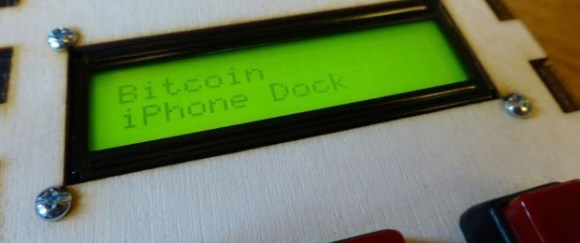
Kickstarter has become the most powerful force in kickstarting new hardware projects, video games, documentaries, and board games, and now everyone wants a piece of the action. The problem obviously isn’t product development and engineering; you can just conjure that up with a little bit of Photoshop and some good PR. The only you really need for a good Kickstarter is an idea, and META is just the tool for the job. It’s the Arduino-powered Motivational Electronic Text Adviser, the perfect device to generate the next big idea in the world of crowdfunding.
The Arduino-powered META includes three buttons and an Arduino-controlled LCD display. Press a button, and the next big hardware project to wash across the blogs faster than the announcement of a campaign for a $300 3D printer will appear on the screen.
Because META is Arduino-compatible, it’s compatible with existing Arduino sketches. This makes turning the META into the next home automated Bluetooth low energy 4.0 internet of things a snap. Because this is open hardware the laser cut enclosure can easily be upgraded to an RGB LED 3D printer robotic drone bluetooth boombox.
If Kickstarters aren’t your thing, there’s also a cloud-based META that will generate ideas in the mobile app browser cloud. Bitcoin.

 [kgsws] is working on a small project that requires some audio and a display of some sort. While this project can be easily completed with a bigish microcontroller or ARM board, he’s taking a much simpler route: the entire project
[kgsws] is working on a small project that requires some audio and a display of some sort. While this project can be easily completed with a bigish microcontroller or ARM board, he’s taking a much simpler route: the entire project 








